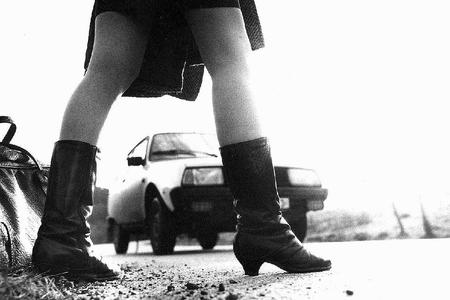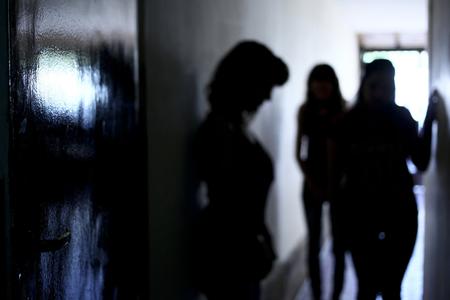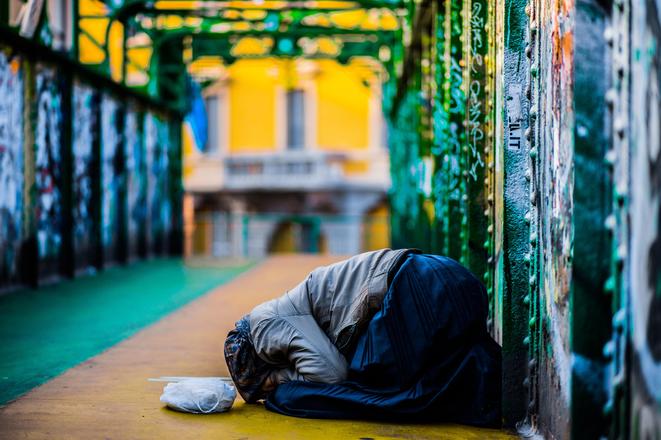In November 2019, four members of a human trafficking gang stood in front of the High Court in Glasgow, which sent them to jail for over 36 years. Three of them were Slovak citizens.
The gang would recruit victims from and around the eastern Slovak town of Trebišov, often young women from poor social backgrounds, promising them a job, accommodation, and food in Scotland. In some cases, the victims were forced to provide sexual services, sometimes forced into sham marriages, like the two Slovak women sold to Nepali and Pakistani men in Scotland and Ireland.

Every year, dozens of people, mostly women and children, are illegally trafficked out of Slovakia. Despite some progress in tackling this crime, European experts point out that some legal issues, particularly compensation of victims, are still lagging.
The Council of Europe expert body on trafficking in human beings, GRETA, recently reported an increase in the number of presumed human trafficking victims to a total of 255 in 2016-2019 (compared to 130 in 2011 to mid-2014).
Of all the victims, 55 percent were female. The number of identified child victims has increased to 40 people (16 percent of all presumed victims). The great majority of identified victims were Slovak nationals, most of whom were exploited abroad.
Most female victims were trafficked for the purpose of sexual exploitation, but some were trafficked for forced begging, forced marriage, forced labour and forced criminality. Male victims were mainly trafficked for forced labour and forced begging.

“Globally, the majority of identified victims of human trafficking are female because discrimination against women and girls in many societies, leading to poverty and marginalisation, increases the risks of being targeted by trafficking rings,” Petya Nestorova, Executive Secretary of GRETA, told The Slovak Spectator.
As regards children, they are particularly vulnerable to human trafficking, especially children from disadvantaged communities, unaccompanied or separated children, Nestorova noted. Globally, a quarter of identified victims of trafficking are children, higher than the proportion of child victims identified in the Slovak Republic (16 percent of all victims in the period of 2016-2019).
GRETA acknowledges the progress achieved by Slovakia in measures to combat human trafficking, but points out a number of shortcomings, such as the need to improve access to justice and compensation of victims, and to ensure that punishment meted out to traffickers is dissuasive.


 Illustrative stock photo (source: Francesco Tommasini via Unsplash)
Illustrative stock photo (source: Francesco Tommasini via Unsplash)